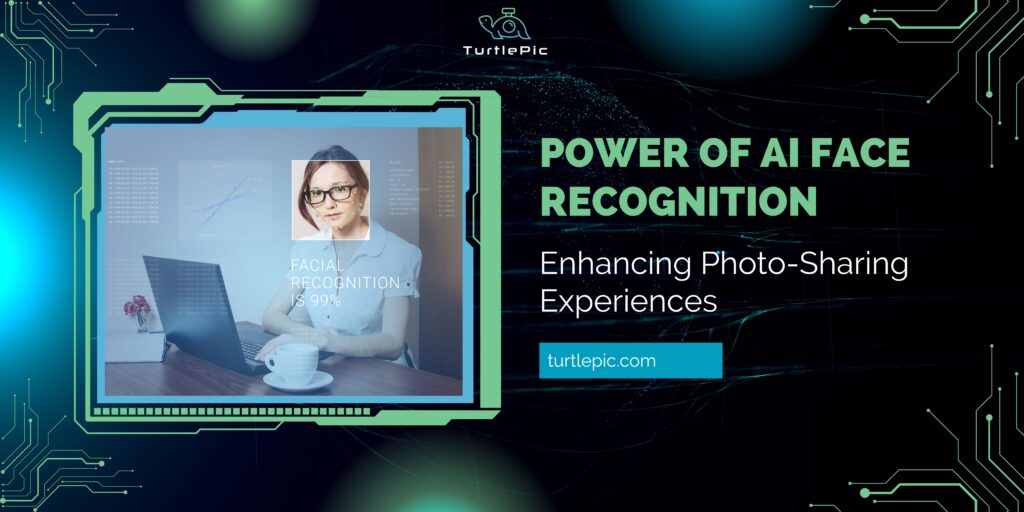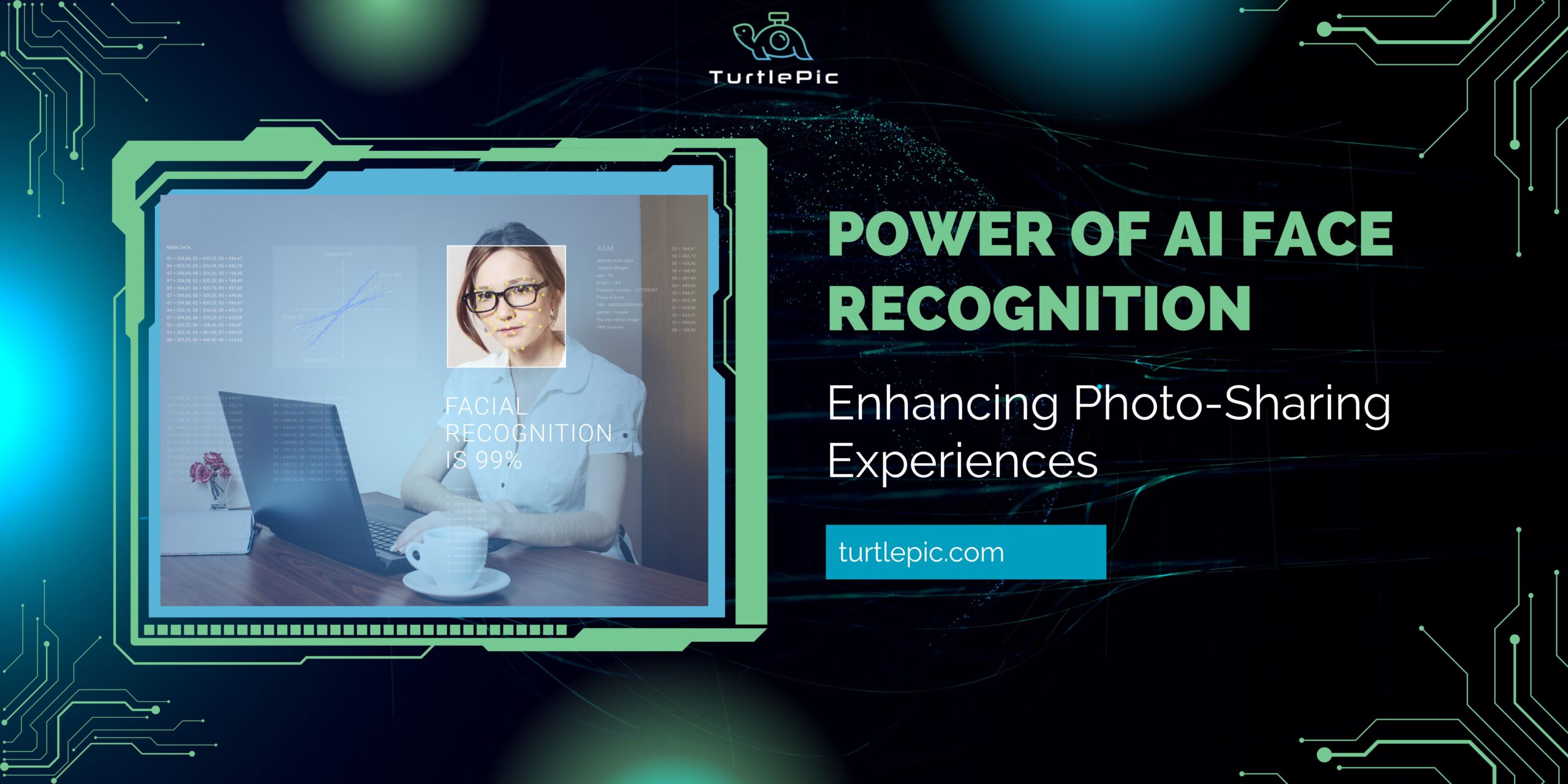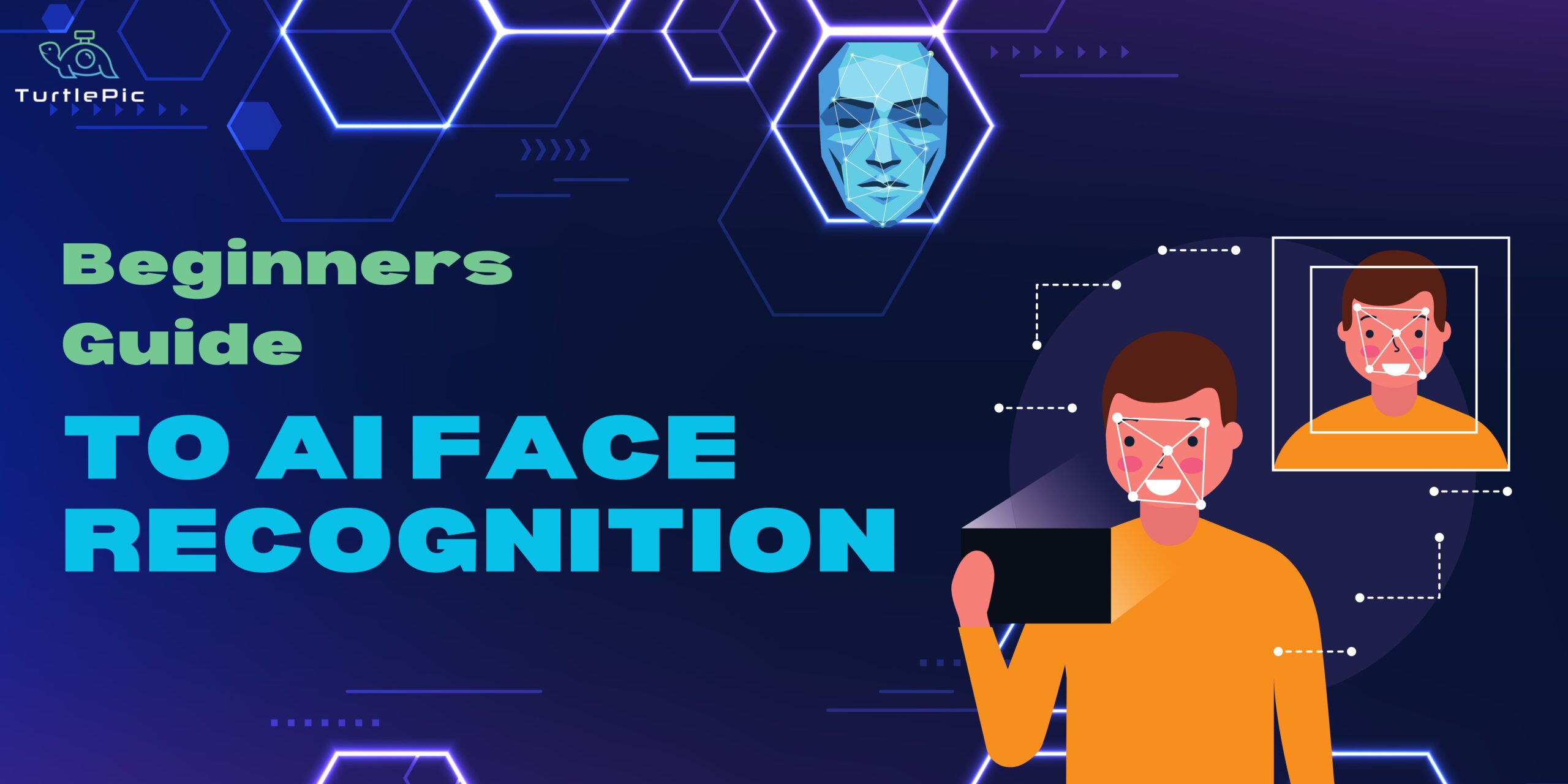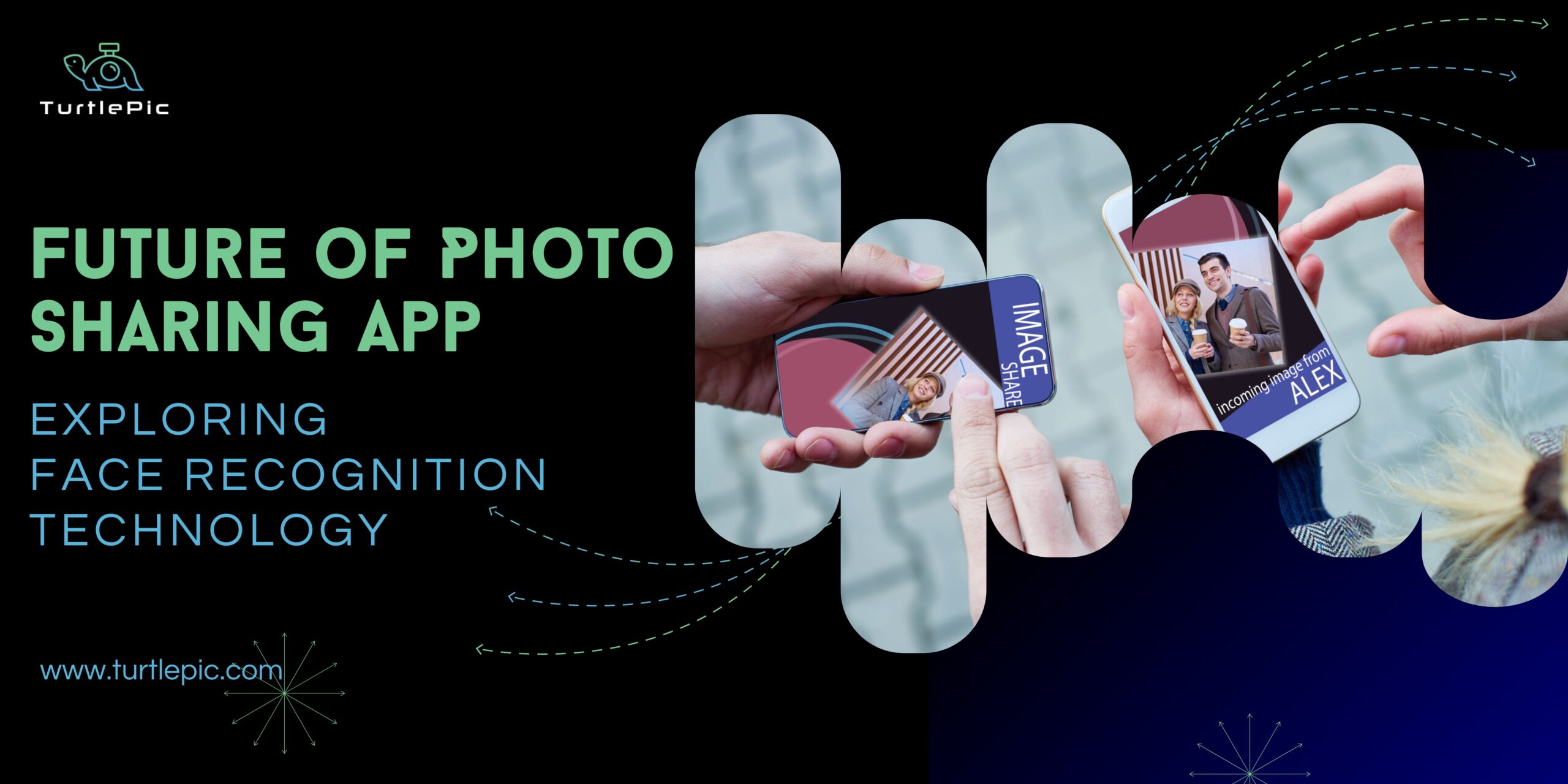Using a combination of algorithms, facial recognition technology can recognize individuals in a static image or video. Although this technology has been around for a while, it has recently grown significantly in popularity and innovation with the help of AI. AI face recognition branch uses sophisticated algorithms to recognize and authenticate people based on their facial features.
This technology if properly developed, match faces against current databases or detect and monitor persons in real time by analysing patterns and distinctive features of a person’s face.
The various ways that AI facial recognition enhances wedding and event photo sharing are discussed in this blog. By automatically recognizing individuals in photos, AI facilitates the creation of individualized picture albums and makes it simpler to organize and find photos.
What is AI Face Recognition?
AI face recognition is a software tool that allows users to easily find any person’s picture out of even millions of images by simply analyzing the facial features of that person using AI.
Whether a face is alone or among a group of people, the AI face recognition tool can identify and locate it. The subject may be shown facing directly ahead or in profile. The algorithm reads your face’s geometry. Important factors considered are eye distance, eye socket depth, forehead to chin distance, and the appearance of your lips, ears, and chin.

The objective is to discover the distinctive facial features that make your face unique. Based on the subject’s facial traits, the face capture procedure converts analogue information (a face) into a collection of digital information (data). Then, a database of other recognized faces is used to compare your faceprint. According to estimates, facial recognition technology regularly interacts with more than half of the world’s population.
Enhancing Photo Organization
One of AI face recognition’s incredible capabilities is the automatic face tagging function. By applying cutting-edge detection and embedding techniques, the system can precisely identify faces in photographs. By comparing the individuals in the photos with the selfies or the pictures saved in the database, AI instantly tags the people in the pictures.
Also Read : The Future of Photo Sharing App: Exploring Face Recognition Technology
Privacy and Sharing of Photos are Improved
By enabling users to swiftly and effectively search for specific people inside their huge photo collections, using AI facial recognition technology substantially improves the discovery of photographs. The streamlined AI face search feature makes for quick and simple navigation.
The capacity of AI to distinguish emotions and facial expressions in addition to straightforward face identification greatly enhances the photo search experience. By analyzing the facial features and expressions, the system can recognize photos that represent various emotions like joy, surprise, or grief.
With faster searches, improved search accuracy through facial feature analysis, and individualized photo recommendations, AI facial recognition technology revolutionizes photo discovery. Now users can browse their photo collections with ease, recall special moments, and develop stronger bonds with their visual memories.
Enabling Creative Editing
Utilizing facial recognition driven by AI, photo editing achieves new levels of intelligence. The system uses precise analysis of facial traits, expressions, and landmarks to recognize people in images. As a result, polished and visually appealing photographs can be produced using sophisticated editing techniques including facial retouching, blemish removal, and facial feature modifications.
By automatically adding filters or effects based on recognized faces, AI advances creative editing. The technology customizes enhancements to match the mood or theme of the photo by identifying emotions and contextual signals from face expressions.
Customized photo edits based on well-known people provide a fascinating editing experience. With this level of personalization, each person’s photo changes are distinctive and personalized, giving their visuals a special touch.
AI Face Recognition for Security and Safety
Face recognition AI is essential for improving photo security. Users may easily unlock devices and access sensitive data by utilizing biometric authentication through distinctive facial attributes. This strong and straightforward security mechanism successfully blocks unauthorized access, protecting private data and respecting user privacy.
In order to identify people on watch lists in congested places like airports, AI facial recognition is used in public safety. Protection of private rights and preventing any potential exploitation of this technology depend on its ethical and responsible application.
Ethical Considerations and Privacy Issues
Face recognition AI’s ethical ramifications are influenced by worries about unfairness and probable biases. For the use of AI face recognition systems to adhere to ethical norms, fairness must be ensured and prejudice must be actively addressed.
When putting AI facial recognition systems into practice, getting the user’s explicit agreement is crucial. The collection, use, and sharing of users’ facial data must be properly disclosed to them. In order to foster trust and maintain individual rights, it is essential to respect user privacy, giving users the ability to decide for themselves whether or not to utilize facial recognition services.
AI facial recognition systems are built on the core concepts of accountability and transparency. The technology’s developers and organizations should give detailed explanations of how it works, what data it collects, and what uses are intended.
Prospects and Challenges for the Future
Personal surveillance cameras and gadgets that use facial recognition as a security measure might be locked. Finding thieves, trespassers, and burglars is made simpler by face recognition. Even just knowing that a facial recognition technology is in place can discourage crime, especially minor offences.
Facial recognition is advantageous for the businesses that utilize it because it merely takes a second to identify a face. Companies require secure and quick technologies in the age of cyberattacks and sophisticated hacking tools. The ability to verify someone’s identity quickly and effectively is made possible through facial recognition.
Facial recognition data can contain errors, which may result in false accusations against innocent people. Machine learning is the foundation of facial recognition software, and in order for it to “learn” and produce reliable results, it needs enormous amounts of data. Strong data storage is necessary for such huge data sets. Small and medium-sized businesses might not have the tools necessary to store the necessary data.
Conclusion
AI facial recognition technology has transformed photo sharing and made organization and discovery easier with automatic labelling and personalized albums. It has also improved creative editing and created striking photographs by making clever adjustments and utilizing filters that are based on emotions.
To combat biases, safeguard user privacy, and encourage transparency, face recognition technology must be utilized responsibly and ethically. It is vital to strike a balance between security and individual rights in order to establish trust and foster confidence.
AI that can recognize faces has a significant potential to simplify and increase security in photo sharing. By thoughtfully addressing ethical problems, we may be able to influence its favorable impact, leading to a more enjoyable and responsible photo-sharing experience for all users.





